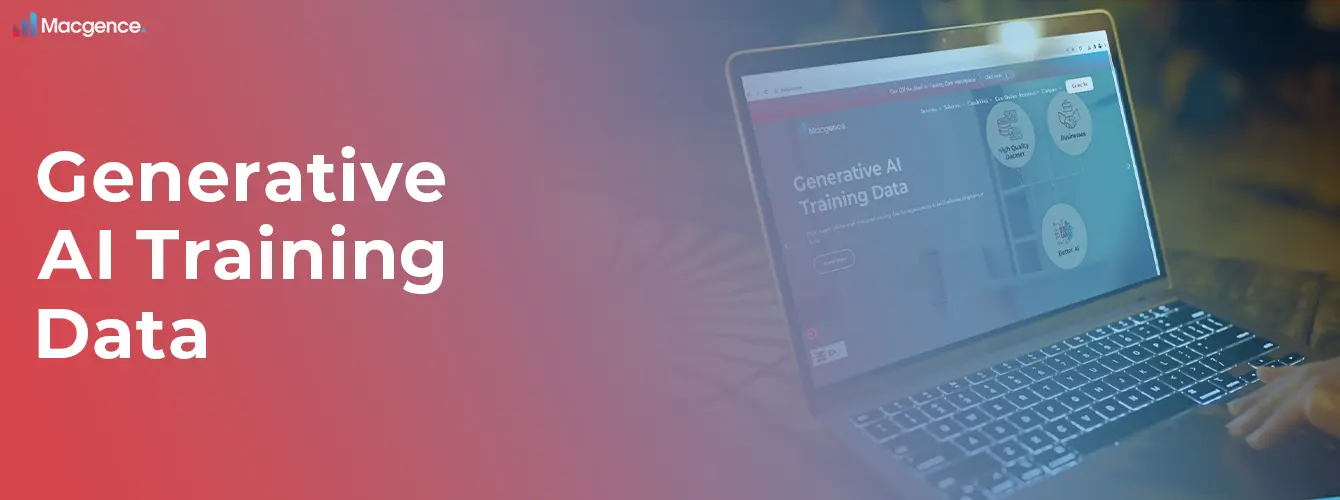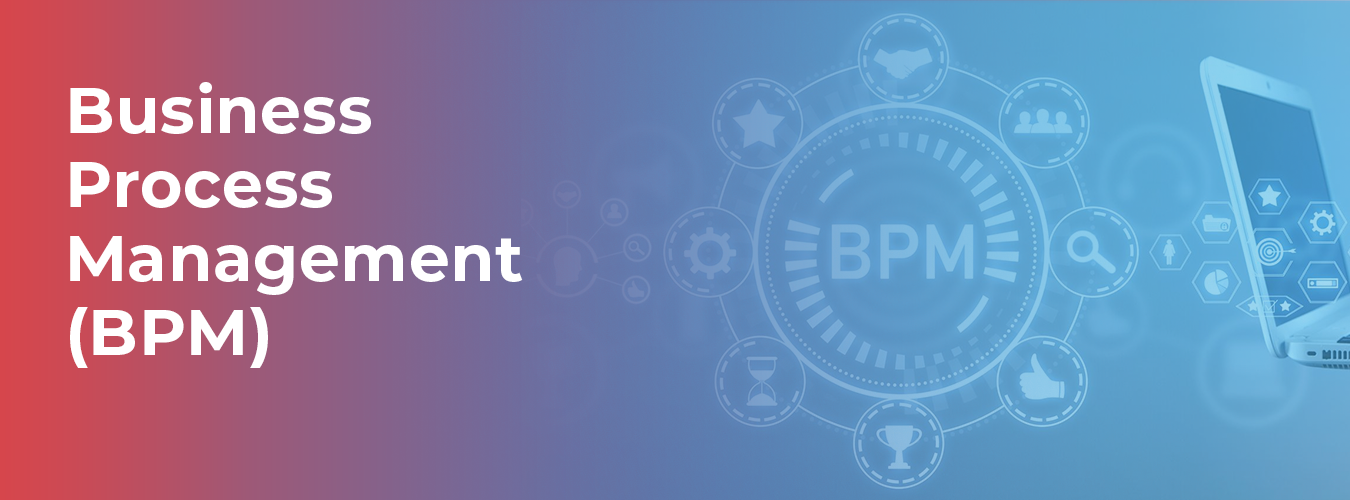Generative AI has significantly transformed various aspects of communication, work dynamics, and innovation globally. This cutting-edge technology has already begun shaping the future across diverse domains, and its influence is expected to grow exponentially. Our upcoming blog will delve into a comprehensive discussion, focusing on understanding its fundamental workings, methodologies for enhancing model performance, and its profound implications on business value across different industries. By exploring these critical insights, we aim to captivate our readers and provide valuable knowledge about how Generative AI training data can be leveraged to achieve exceptional results, driving creativity, efficiency, and progress in the AI landscape. Stay tuned for an insightful journey into the transformative realm of Generative AI.
Understanding Generative AI
It is a field of artificial intelligence (AI) that uses machine learning to develop generative models. These models are trained using vast amounts of training data that can encompass images, textual content, or other forms of data. The aim is to allow the AI model to research the underlying patterns and traits of the training data, permitting it to generate new content that is similar in style or structure.
It refers to the technology that permits machines to create authentic content, consisting of images, music, or text, without human intervention. It has revolutionized the creative process by enabling machines to produce modern and genuine content, pushing the limits of what’s possible inside the realm of innovation and imagination.
How does Generative AI work?
Its models employ neural networks to discern patterns in data and generate novel content. Following training, these networks can produce content akin to the data on which they were trained. For instance, a neural network trained on a text dataset can generate diverse outputs such as poems, stories, intricate mathematical calculations, or even programming code for software applications, contingent on the model’s input.
A more varied and comprehensive training dataset enables the model to grasp a broader range of patterns and nuances. Conversely, training on inconsistent, biased, or noisy data may lead the model to generate flawed outputs mirroring these shortcomings. Methodologies for training and strategies for evaluation are equally crucial. During exercise, the model adjusts internal parameters based on feedback, shaping its architecture.
The complexity of the model’s architecture plays a significant role in output quality. An overly simplistic architecture may need help to capture essential contextual nuances, while an excessively complex one could result in overfitting, prioritizing irrelevant details over crucial underlying patterns.
Once trained, the model can be prompted to create new data. Prompts serve as how users interact with AI models and guide their outputs. The choice of a prompt depends on the desired output, the model’s purpose, and the context of its usage. For instance, a cover letter prompt may include instructions on writing style and word length, while an audio clip prompt might specify musical genre and tempo.
The Role of Training Data in Generative AI
Before delving into the sourcing process, let’s understand the vital role of Generative AI training data. Its models learn to generate human-like text by analyzing vast amounts of text data during training. They derive patterns, grammar, context, and semantics from this data, enabling them to generate coherent and contextually relevant text.
The quality, diversity, and quantity of Generative AI training data directly impact the performance of its model. High-quality data helps the model generate more accurate and coherent text, while a diverse dataset allows it to handle a broader range of topics and styles. Lastly, ample training data contributes to the model’s overall proficiency.
Most common use cases of Generative AI

Check out the large-scale generative AI development and use cases to accelerate your AI ambitions and revolutionize consumer experiences and applications. Some of its popular applications are:
Personalized user engagements
Generative AI training data enhances user experiences by delivering personalized content and learning from behavior patterns. Ongoing research systematically refines models for more accurate personalizations and deeper insights into evolving preferences, driving continual improvement.
Text-to-speech applications
Text-to-speech conversion is seamlessly accomplished with the assistance of Generative AI training data. These versatile models, capable of generating human-like speech, find diverse applications in tasks such as text reading, creating voice assistants, and audio accessibility.
Product development and design
Generative AI models effortlessly produce innovative product design and development concepts. The design process significantly improves by harnessing these models’ remarkable ability to learn from previous ideas and generate new, creative concepts, fostering innovation.
Healthcare solutions
In the field of medicine,Generative AI models have the potential to produce novel therapeutic compounds, forecast the course of diseases, and more. Research and treatment can proceed more quickly via these models’ ability to learn from and produce new insights from existing medical data.
Generate Videos
Generative AI training data can significantly contribute to producing documentaries and small segments. It is possible to use advanced text generation techniques to compose screenplays, employ image generation to create visual content and utilize music generation to craft impactful soundtracks.
Material Science
Generative AI in Material Science revolutionizes aerospace, defense, automotive, medical, electronics, and energy sectors by crafting innovative materials with specific properties. These materials are tailored to industry demands and enhance performance, safety, and efficiency across various applications.
Data Services by Macgence For Your Generative AI Models
To fully realize its potential, it requires a tremendous amount of relevant, diversified, and high-quality data to train its models. Here is how Macgence serves you:
Data Collection
Compiling extensive training data for intricate language models is challenging. Generative models extract patterns, creating new content. Macgence ensures high-quality data, optimizes model performance, and advances language processing capabilities effectively, facilitating continuous evolution with high quality Generative AI training data..
Data for LLM language expansion and fine-tuning
Large language models (LLMs) are advanced AI systems created to learn every aspect of human language and produce relevant answers to inquiries. LLMs need to be trained on larger sets of data. We help you collect data for precise and accurate language models.
How Can Macgenece Assist You In Improving Your Generative AI Models?
Data Collection for Fine-Tuning LLMs
We gather and curate data to refine language models for precision and accuracy.
Domain-Specific Text Creation
Our service creates specialized text for sectors like legal and medical to train your domain-focused AI.
Toxicity Assessment
Our approach uses flexible scales to accurately measure and reduce toxic content in AI-generated communications.
Model Validation & Tuning Services
We assess gen AI results for quality across markets and languages to fine-tune AI to align with market-specific needs through RLHF.
Prompt Creation/Fine-Tuning
We craft and optimize natural language prompts to mirror diverse user interactions with your AI.
Answer Quality Comparison
Our extensive network enables a thorough comparison of AI answers to enhance model accuracy and dependability.
Likert Scale Appropriateness
Our tailored feedback ensures that AI responses have the appropriate tone & brevity for specific user scenarios.
Correctness Evaluation
We rigorously evaluate AI-generated content to ensure it is factual and realistic to prevent the spread of misinformation.
Conclusion
In conclusion, Generative AI is revolutionizing industries by enabling machines to generate novel content based on vast datasets autonomously. Macgence provides essential data services and methodologies to enhance model performance. While offering immense potential for innovation and productivity, ethical considerations regarding bias, privacy, and responsible AI deployment must be carefully addressed to ensure positive societal impact and ethical use of this transformative technology.
FAQ’s
Ans: – Using Generative AI raises critical ethical questions. As you explore its implications, consider the potential for bias, privacy concerns, and the responsibility to ensure AI systems align with human values and avoid harm.
Ans: – Yes, it can. By utilizing advanced machine learning algorithms,it can investigate and mimic the nuances of human speech, resulting in highly sensible and natural-sounding voices.
Ans: – It stands out from other AI techniques, specializing in creating new content rather than just reading existing data. It utilizes algorithms and machine learning to produce original and innovative outputs.




